Central National Herbarium
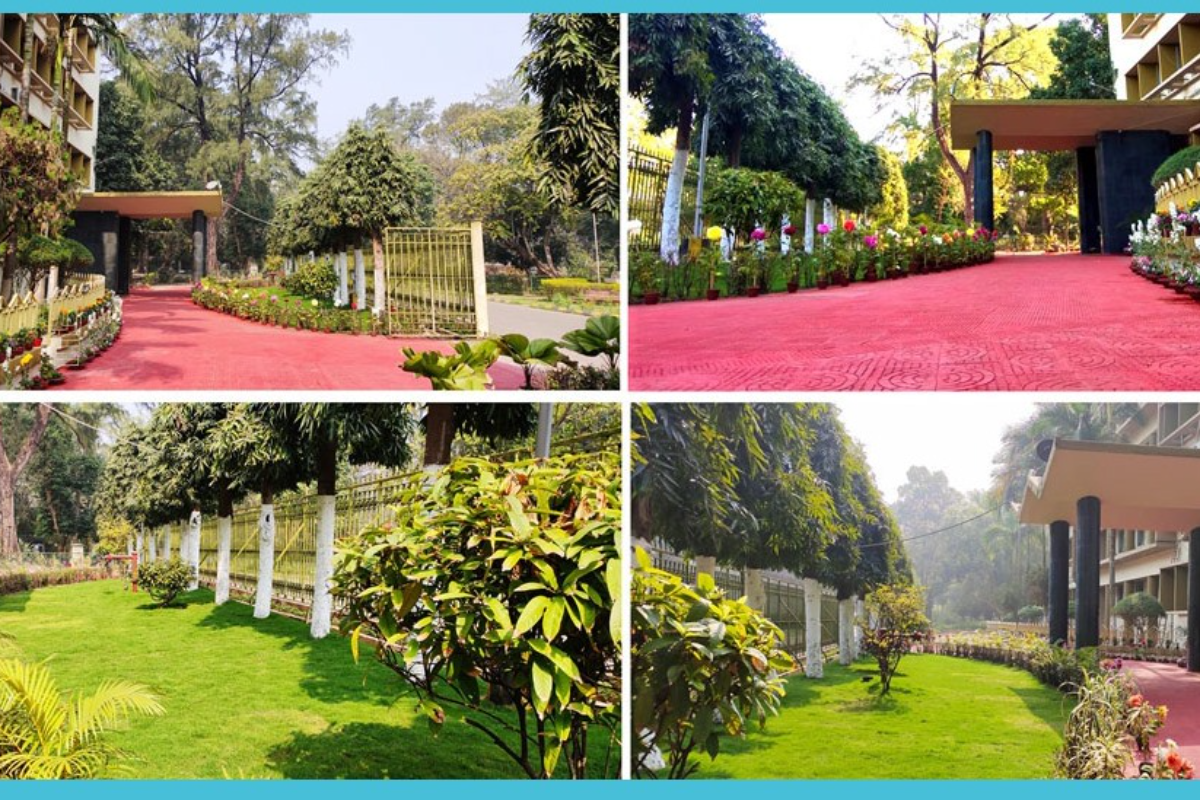

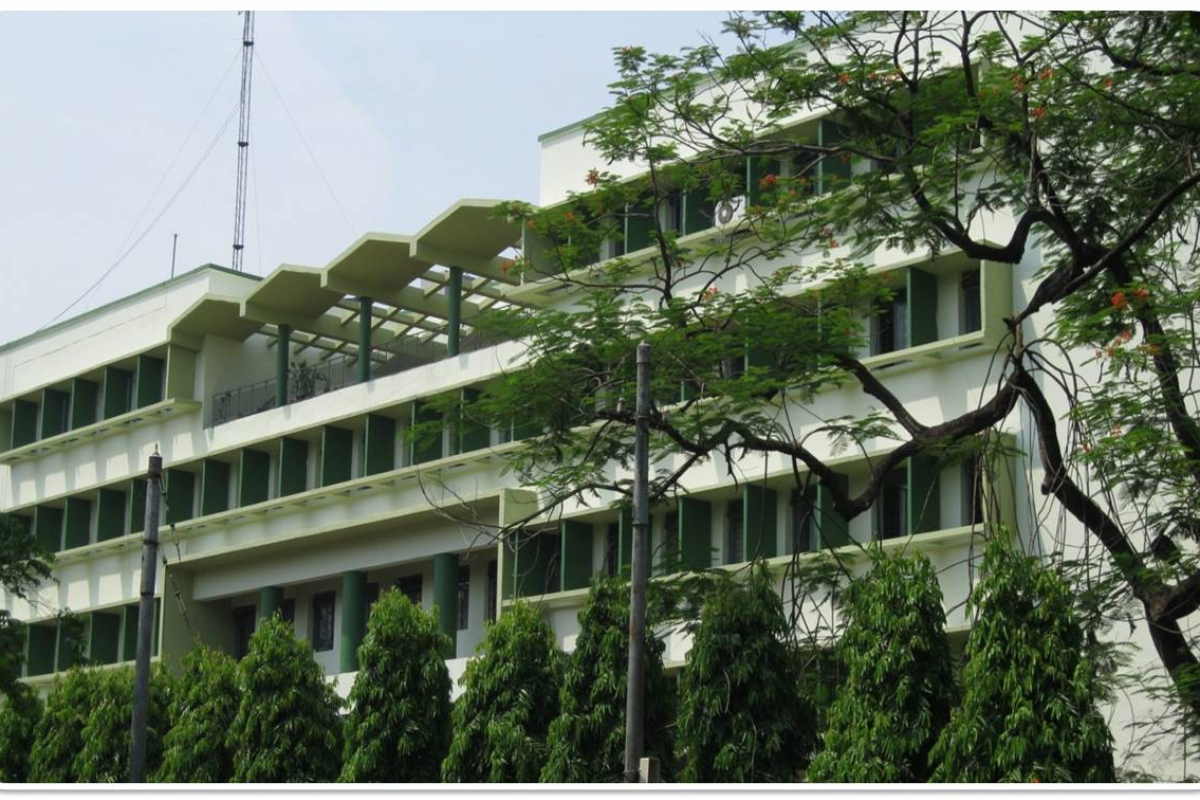

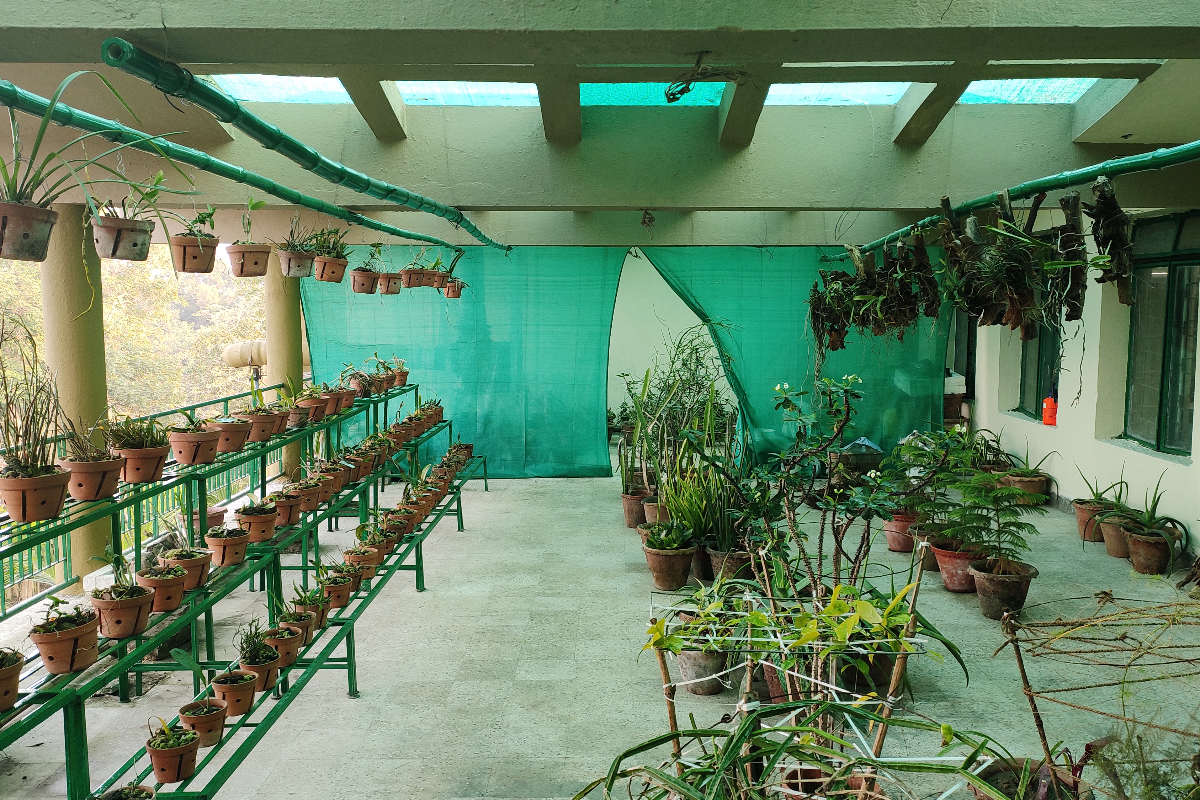


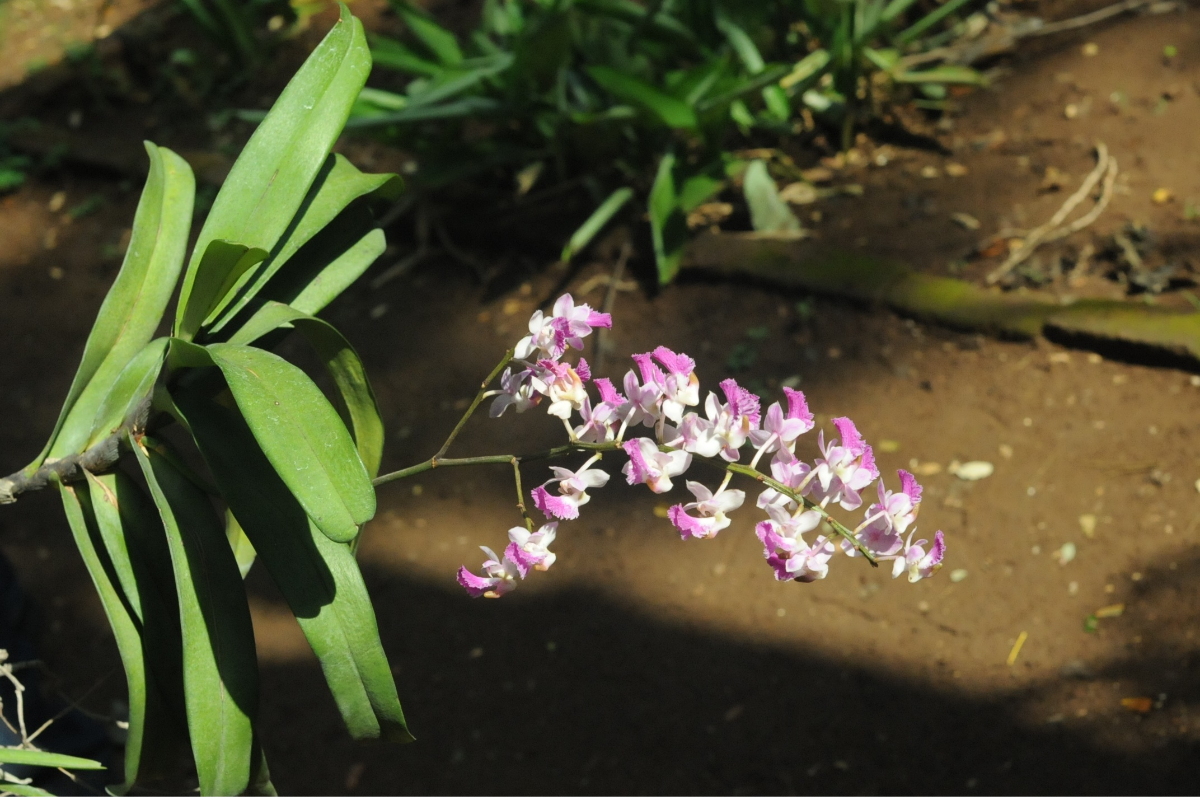

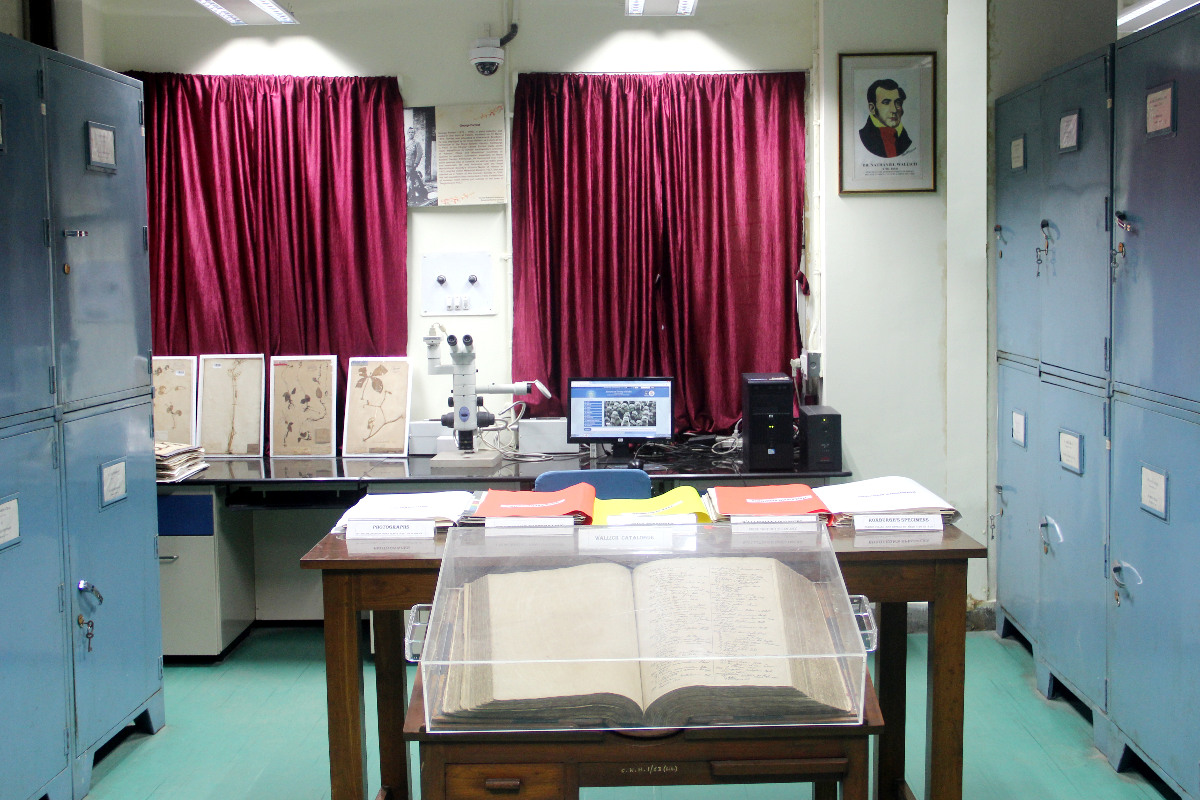
Internationally known by the acronym CAL, it has holdings of about 2 million plant specimens collected from different phytogeographical regions of India and abroad. The herbarium houses important classical collections that include 12,300 exclusive Wallich specimens. Apart from this, it has collections of T. Anderson, R.H. Beddome, George King, F. Buchanan–Hamilton, I.H. Burkill, C.C. Calder, C.B. Clarke, H. Collett, T. Cooke, J.F. Duthie, J.S. Gamble, H.H. Haines, D. Prain, W. Roxburgh, J.D. Hooker and W. Griffith and others. Many archival materials like Wallich Catalogue (Numerical list), original manuscripts of William Roxburgh, D. Don, J.D. Hooker, R. Wight and C.B. Clarke are also preserved at CAL. It has 6000 botanical paintings, including original set of Roxburgh's Flora Indica Drawings and colour paintings of Orchids of Sikkim Himalaya by King & Pantling.
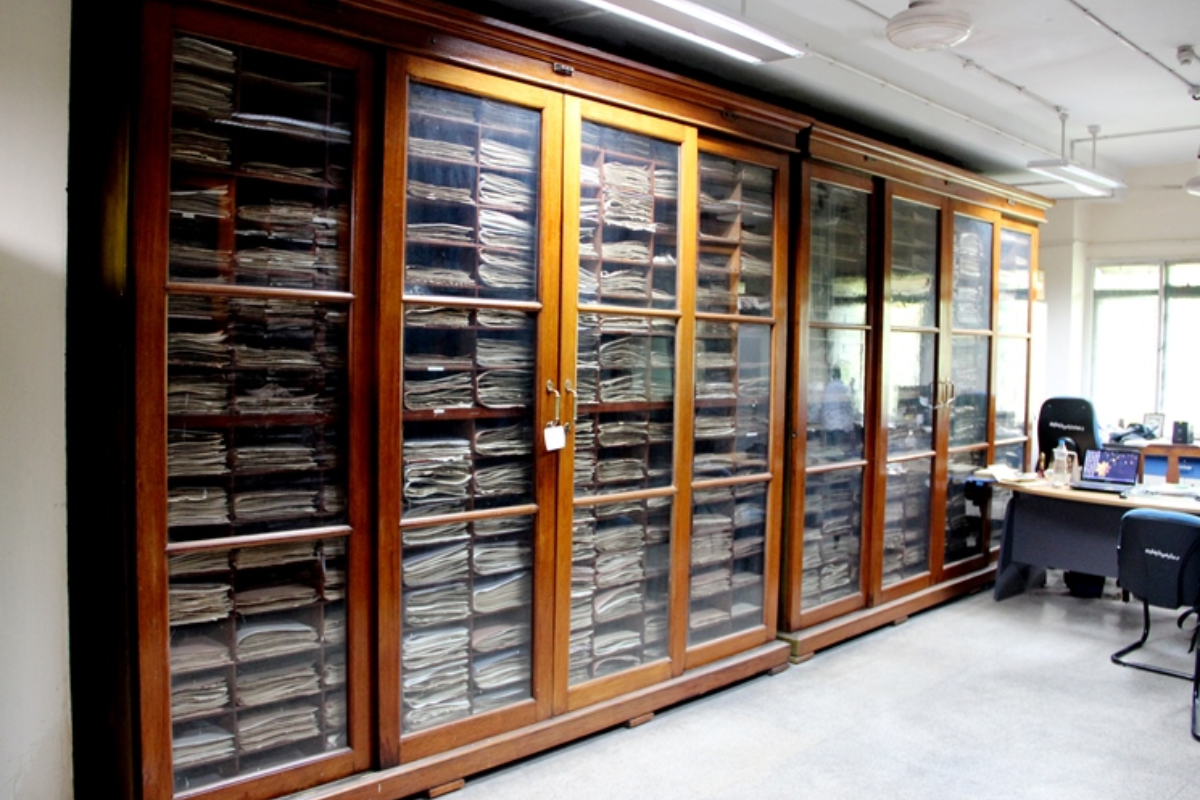
There is a well-established library in the Central National Herbarium, one of the oldest and largest in India for botanical literature. The Central library has been housed in a two storied building along the bank of river Ganges at Indian Botanic Garden, prior to its shifting to the CNH building. At present the Central Library has a collection of over 55,000 books and bound journals on various aspects of botany in different languages including unique collection of many rare books. This includes valuable collections of Linnean and pre-Linnean publications also. Data basing of the library holdings has been completed and it is now available through e-granthalaya.
Inauguration of Sale Counter at CNH.
